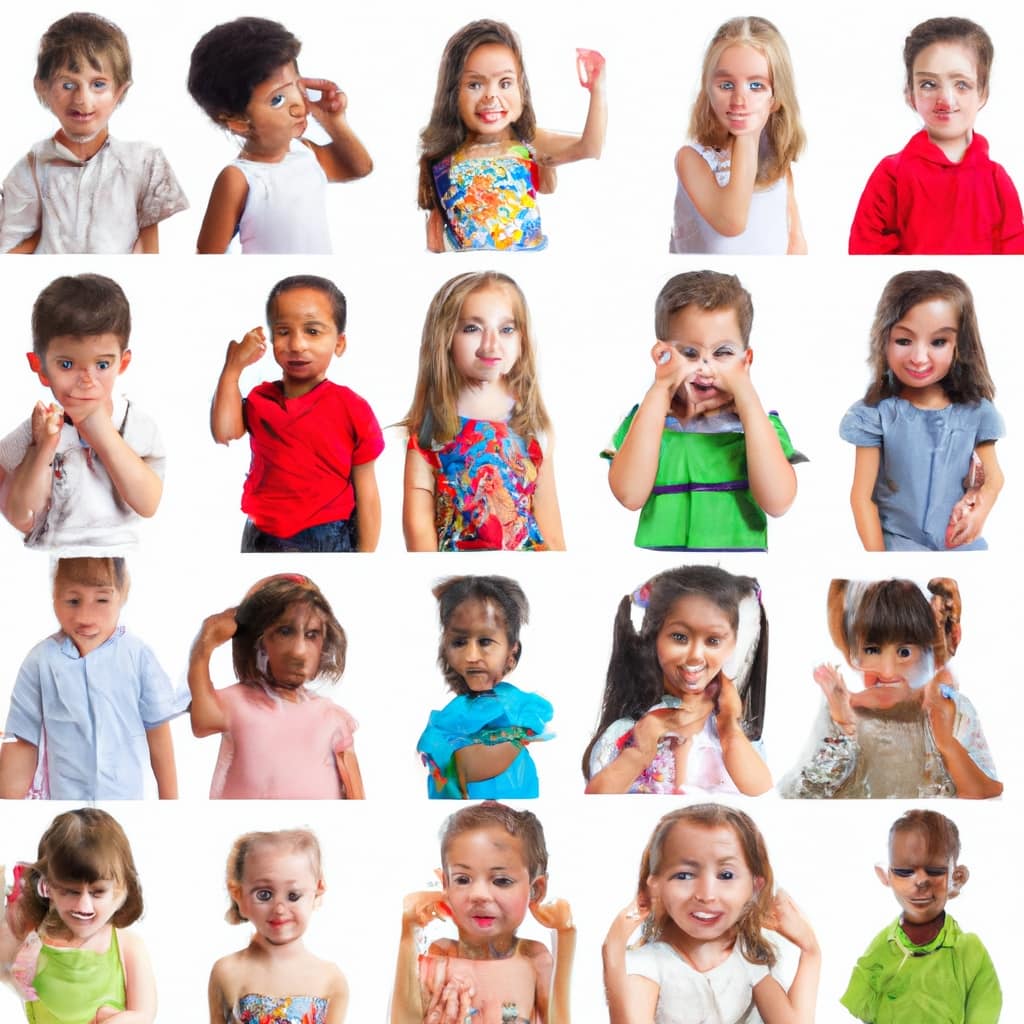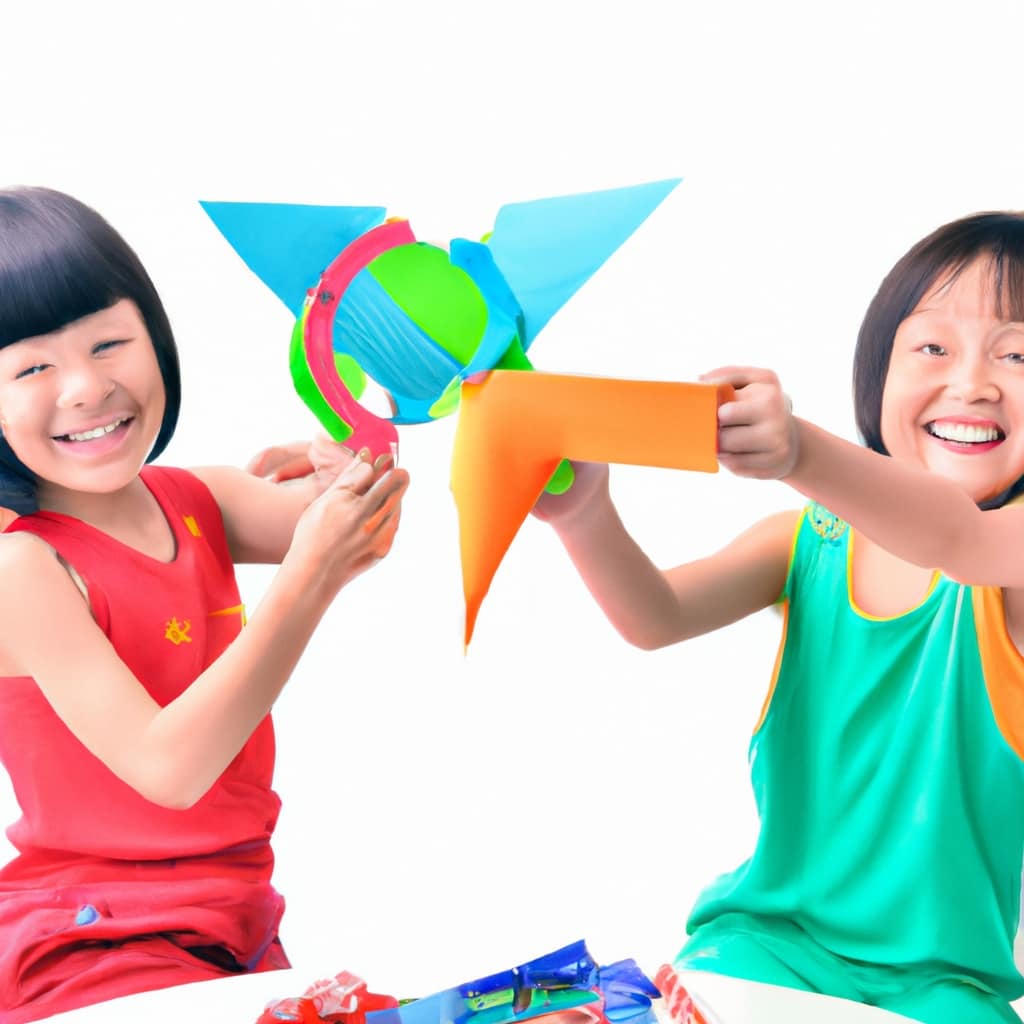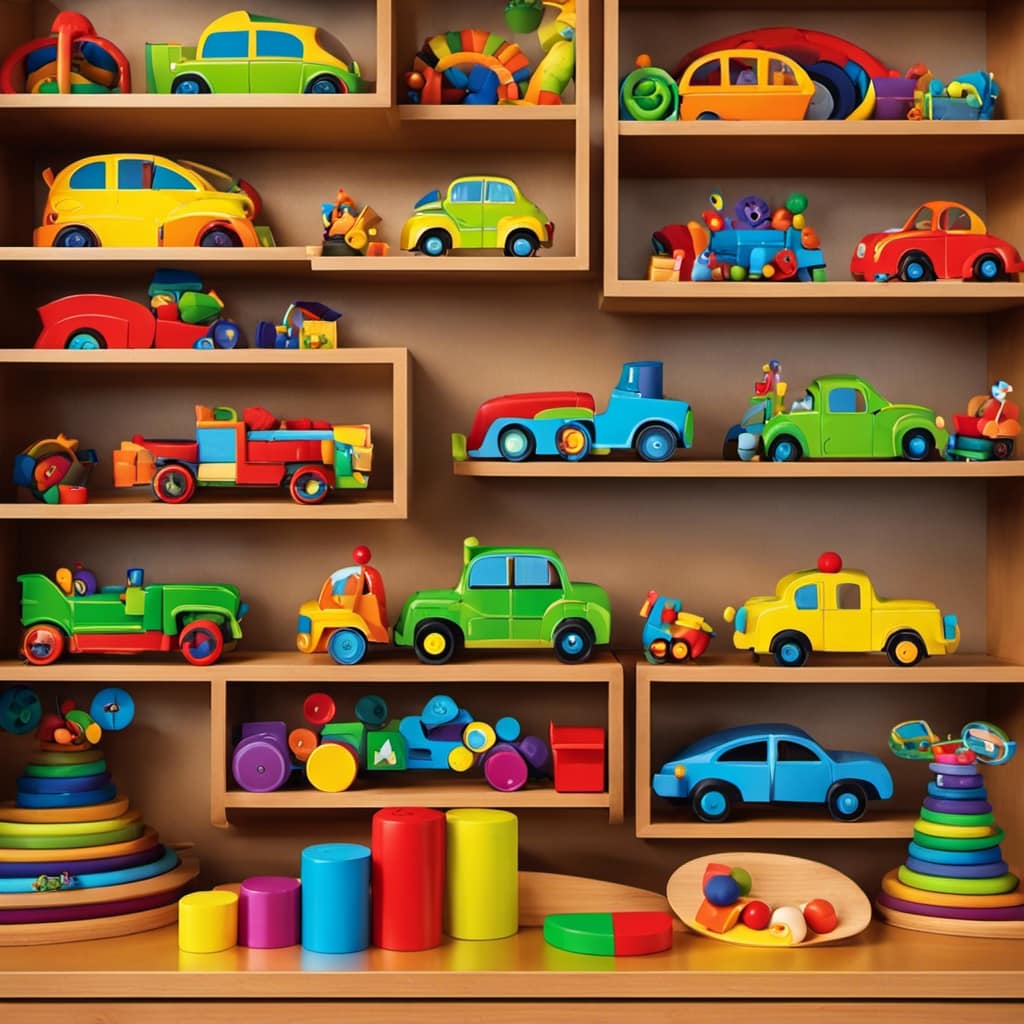As an expert in child development, I strongly believe that imitation plays a crucial role in a child’s growth and development. This process, where children watch and copy the actions of others, greatly impacts their behaviors, perspectives, and abilities.
Not only does it help them acquire new knowledge and abilities, but it also plays a vital role in transmitting cultural values and norms. Parents and teachers, as role models, have a significant impact on shaping appropriate behaviors and values in children.
Additionally, the influence of media modeling cannot be ignored. So, let’s delve into the importance of modeling in child development and explore its various types and effects.
Key Takeaways
- Modeling plays a crucial role in shaping children’s behaviors, attitudes, and skills.
- Children acquire new knowledge and skills through modeling.
- Modeling helps children acquire social, cognitive, and emotional skills.
- Modeling positive behaviors and values can shape children into responsible individuals.
The Role of Modeling in Shaping Behavior and Attitudes
Modeling plays a crucial role in shaping my behavior and attitudes as I learn by observing and imitating others. It has a significant impact on children’s self-esteem and confidence, as they see positive behaviors and values being modeled by adults and peers.
When children witness empathy and social skills being demonstrated, they are more likely to internalize and exhibit these qualities themselves. Research has shown that children who have positive role models in their lives are more likely to develop healthy relationships and exhibit prosocial behaviors.
By observing and imitating others, children learn how to navigate social situations, regulate their emotions, and communicate effectively. Modeling also helps children develop a sense of identity and cultural values, as they learn from the behaviors and actions of those around them.

Overall, modeling plays a vital role in promoting positive behavior, empathy, and social skills in children.
Acquiring New Skills and Knowledge Through Modeling
As a child, I learn new skills and knowledge by observing and imitating others. Modeling plays a crucial role in my development, as it helps me acquire new skills and knowledge.
Here are some benefits of modeling in child development:
-
Enhancing social skills through modeling:
-
I observe how others interact and communicate, learning appropriate social behaviors.
-
Modeling helps me develop empathy and understanding of others’ emotions.

-
I imitate social cues and gestures, improving my social interactions.
-
Impact of modeling on cognitive development:
-
By observing others, I learn problem-solving strategies and critical thinking skills.
-
Modeling helps me acquire language skills and expand my vocabulary.
-
I imitate cognitive processes, such as memory techniques and attention strategies.
Overall, modeling plays a vital role in my development by enhancing my social skills and cognitive abilities.

Modeling as a Tool for Social, Cognitive, and Emotional Development
When I observe and imitate others, I enhance my social, cognitive, and emotional development. Modeling plays a crucial role in shaping these aspects of child development.
Research shows that modeling can have a significant impact on self-esteem development. By observing positive behaviors and values in others, children can learn to adopt these qualities and develop a positive self-image.
Additionally, modeling has been found to impact empathy skills. When children witness empathy being displayed by others, they are more likely to internalize and demonstrate empathy themselves. This is important for fostering positive social relationships and promoting understanding and compassion towards others.
Modeling and the Transmission of Cultural Values and Norms
By observing and imitating others, I can learn the cultural values and norms that shape my behavior and beliefs. Modeling plays a crucial role in the transmission of cultural values and norms, contributing to the formation of my cultural identity.
Here are three ways in which modeling influences cultural preservation:
-
Cultural Transmission: Through modeling, I acquire knowledge about my culture’s customs, traditions, and practices. This helps preserve and pass on cultural values from one generation to another.

-
Socialization: Modeling allows me to learn appropriate behaviors and social norms within my culture. By observing and imitating others, I develop a sense of belonging and become an active participant in my cultural community.
-
Cultural Adaptation: Modeling helps me navigate between different cultures and adapt to new environments while still preserving my cultural identity. By observing and imitating others, I can learn how to strike a balance between preserving my culture and integrating into a new cultural context.
The Influence of Adults and Media on Child Development
Adults and media have a significant impact on shaping my behaviors and beliefs. The influence of parental modeling on child development is undeniable. Parents serve as important role models for children, and their behaviors and values greatly influence their children’s development. When parents model positive behaviors and values, children are more likely to adopt those behaviors and values themselves.
On the other hand, media modeling also plays a significant role in shaping children’s behavior and values. Children often imitate what they see on television or in movies, and these depictions can have a profound impact on their beliefs and actions.
It is important for adults to be aware of the influence they have on children and to provide positive and constructive modeling both in person and through media.
Frequently Asked Questions
How Does Modeling Contribute to the Development of Problem-Solving and Communication Skills in Children?
Modeling contributes to the development of problem-solving and communication skills in children. Through observing and imitating others, children learn problem-solving through play and communication through storytelling, enhancing their cognitive and social abilities.

What Are Some Examples of Symbolic Modeling in Child Development?
Symbolic modeling in child development involves using symbols or representations to demonstrate behaviors or skills. It benefits children by enhancing their understanding and application of abstract concepts. Parents play a vital role in symbolic modeling by providing guidance and using symbolic cues.
How Does Media Modeling Impact Children’s Behavior and Values?
Media modeling can significantly influence children’s behavior and values. Parents play a crucial role in shaping their children’s development, but media exposure can introduce new behaviors and values that children may imitate.
Can You Provide Specific Strategies for Teachers to Effectively Model Appropriate Behaviors and Values?
As a teacher, I believe that modeling appropriate behaviors and values is crucial. By being positive role models, we can inspire and guide children in developing important social and emotional skills.
Are There Any Potential Negative Effects of Modeling on Child Development?
There can be negative impacts of modeling on child development, leading to long-term consequences. Research shows that exposure to negative behaviors or values can influence children in undesirable ways, affecting their behavior and attitudes.
Conclusion
In conclusion, modeling plays a crucial role in child development. It shapes behaviors, helps children acquire new skills, and enhances their social, cognitive, and emotional abilities.
Parents and teachers serve as vital role models for children. They have a significant influence on their behaviors and values.

Media modeling also has a significant impact on child development. Children learn by observing others, and modeling facilitates this process. It expands their social and cognitive abilities, enhances problem-solving and communication skills, and promotes language development and emotional regulation.
Understanding the importance of modeling sets the stage for fostering positive development in children. It is essential for parents, teachers, and society as a whole to recognize the power of modeling and its impact on child development.










